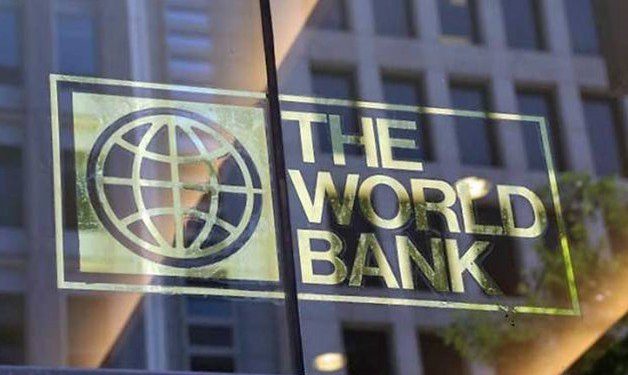Remittance inflow to Africa dip marginally to $94.8bn in 2023 – World Bank
According to the World Bank, remittance inflow to the African Continent for the 2023 review year dipped to $94.8bn from the $100.1bn recorded in 2022.
Per the Bretton Wood Institution, the decline in remittance inflows to the Continent reflects the slowing pace of growth in high-income economies where many African migrants earn their income.
Despite the drop in remittance, the World Bank notes that, remittance inflows are still almost double the amount of foreign aid to African countries, which totalled $53.5 billion in 2022.
The World Bank further notes that positive economic indicators in African countries where growth rates are higher witness further encouraging remittances, with Africans overseas seeing investment opportunities on the continent.
Over the years, remittances sent back to the continent have increased significantly in recent decades.
Africa’s growing diaspora community is increasingly becoming an important pillar for the growth and stability of local economies as the never-ending search for “greener pastures” sees Africans in the diaspora sending home almost double the amount that flows to Africa as foreign aid.
Employment and education are among the biggest factors pushing Africans abroad, be that within Africa’s borders, or “overseas”. Many of those who leave Africa’s shores end up being successful and send money home to sustain relatives or to build homes and even businesses.
According to the World Bank, the top five African countries with the highest receipt of remittance inflows to the African Continent include; Egypt ($24.2bn), Nigeria ($20.5bn), Morocco ($12.1bn), Ghana ($4.9bn) and Kenya ($4.2bn).









